Petrel facies modeling
Build accurate facies models
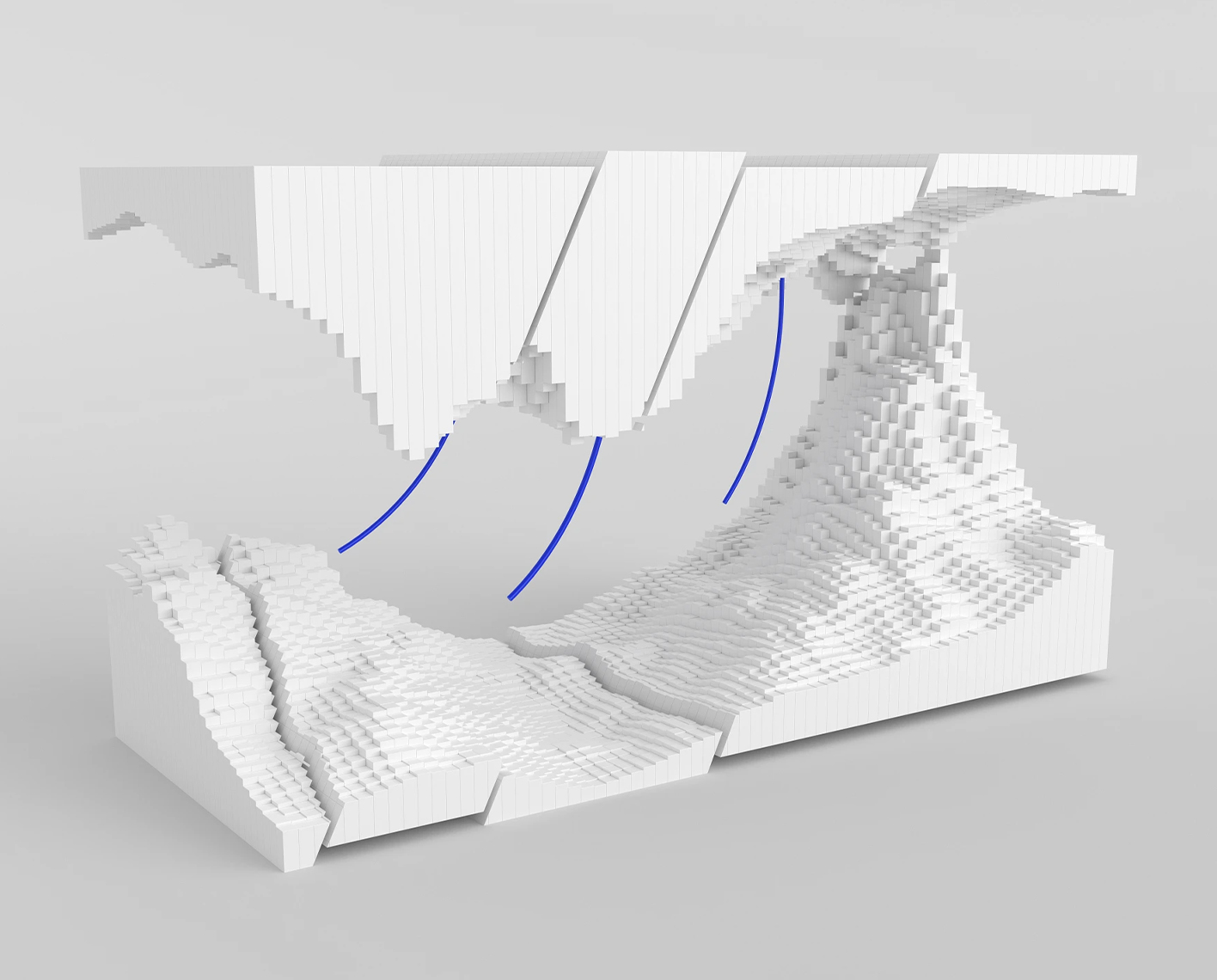
Petrel™ classification and estimation enables the use of neural networks and train estimation models to help estimate properties or probabilities.
By combining several different data objects or attributes, the module increases interpretation confidence and accuracy during reservoir modeling by ensuring integration of all available data, regardless of the domain.



NExT training courses address the unique needs of each learner. Our courses, led by distinguished experts in their fields, equip learners with the skills to address practical situations and resolve real-world challenges.
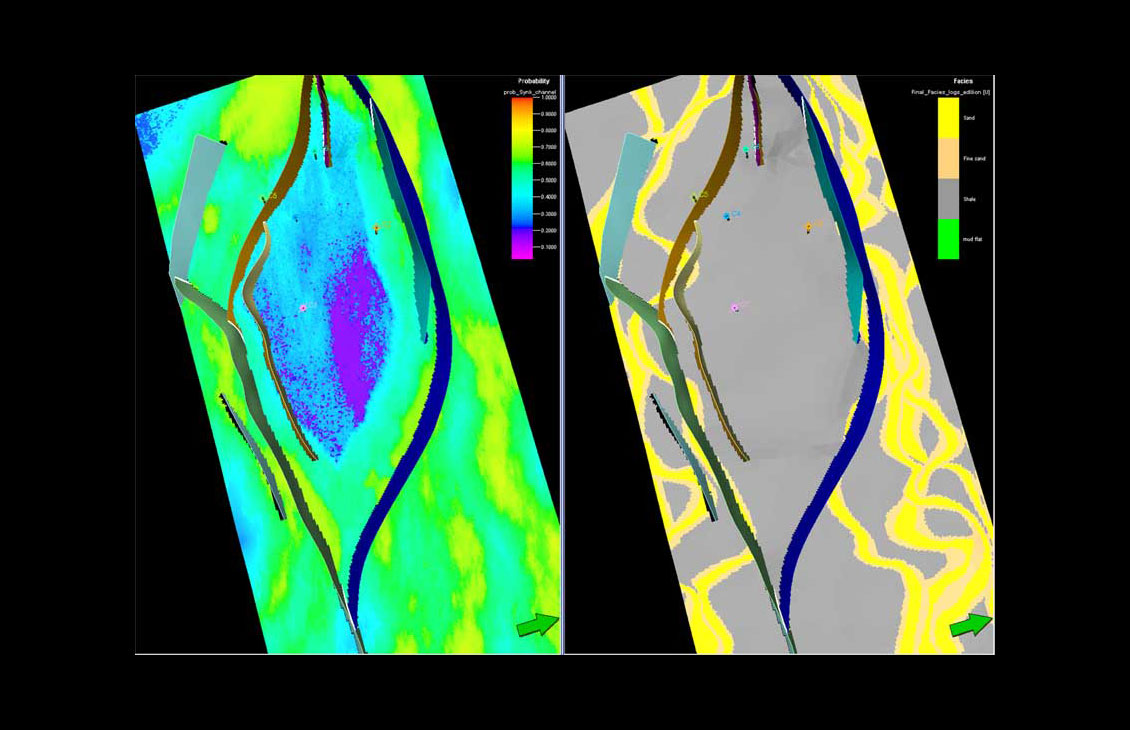
Advanced train estimation tools and trend modeling.
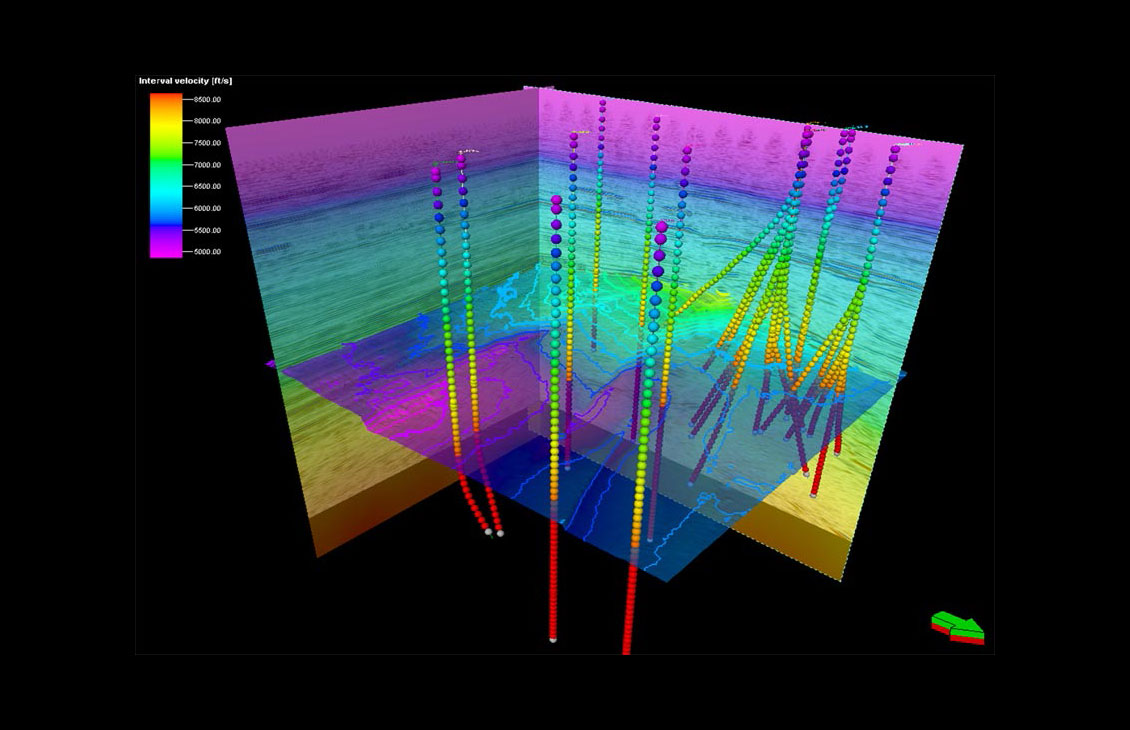
Accurate velocity modeling and domain conversion
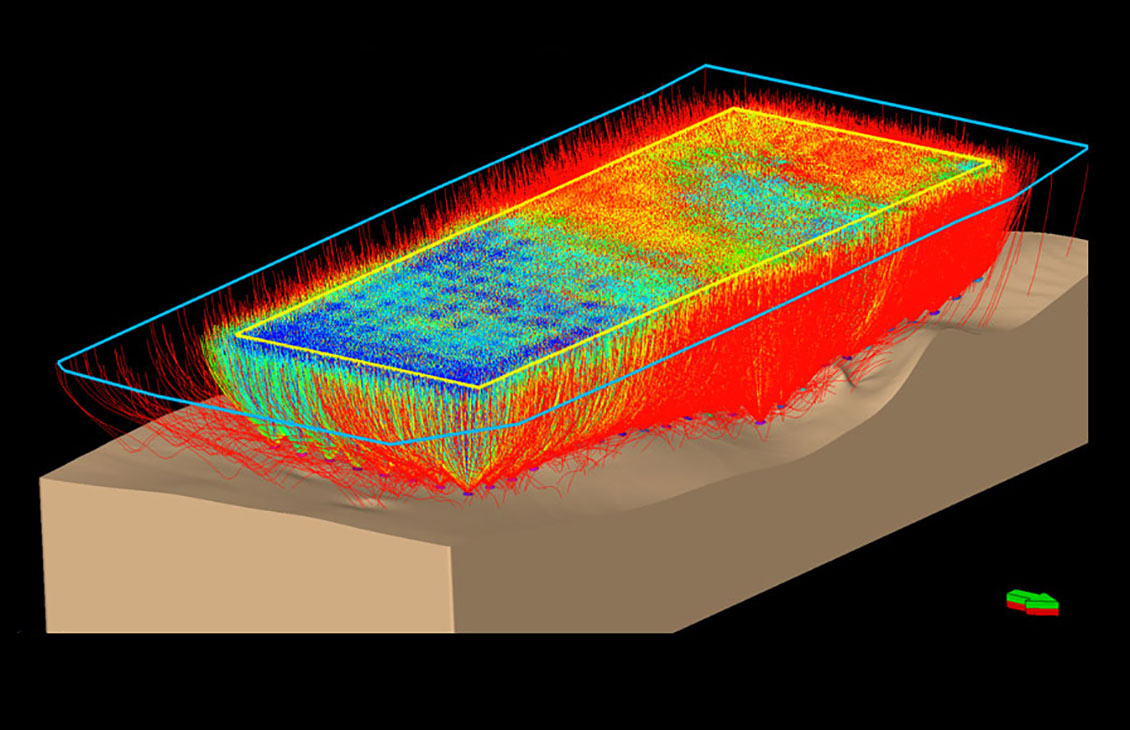
Integrate Omega platform data and extend workflows for a unified, reliable earth model
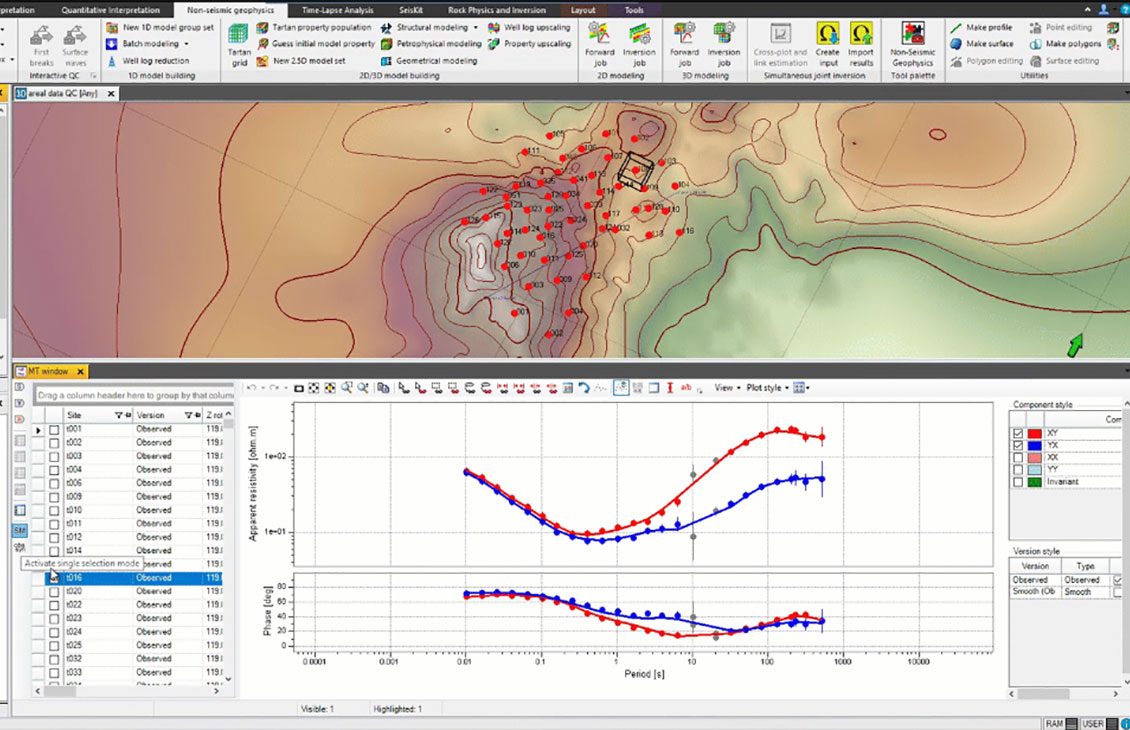
Integrated processing and modeling capabilities for magnetotelluric, controlled-source electromagnetic, and gravity and magnetic methodologies
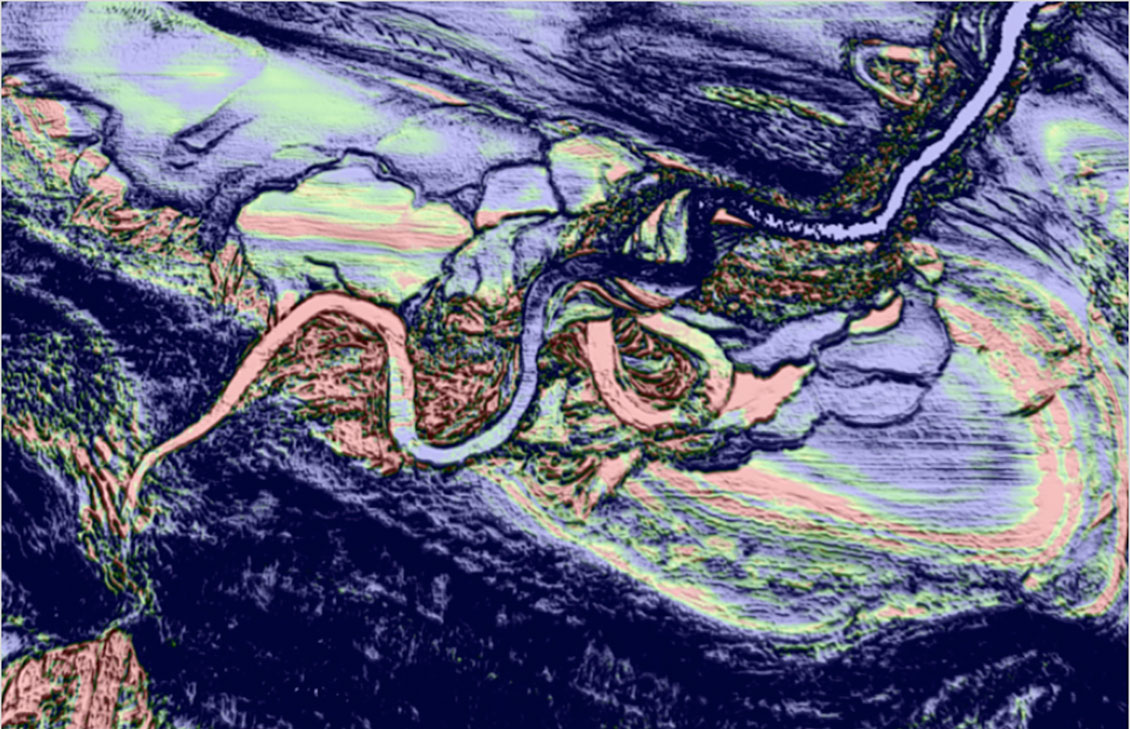
Create advanced seismic attributes to condition seismic data for better structural and stratigraphic interpretation tasks as well as enable powerful 3D volume interpretation workflows.
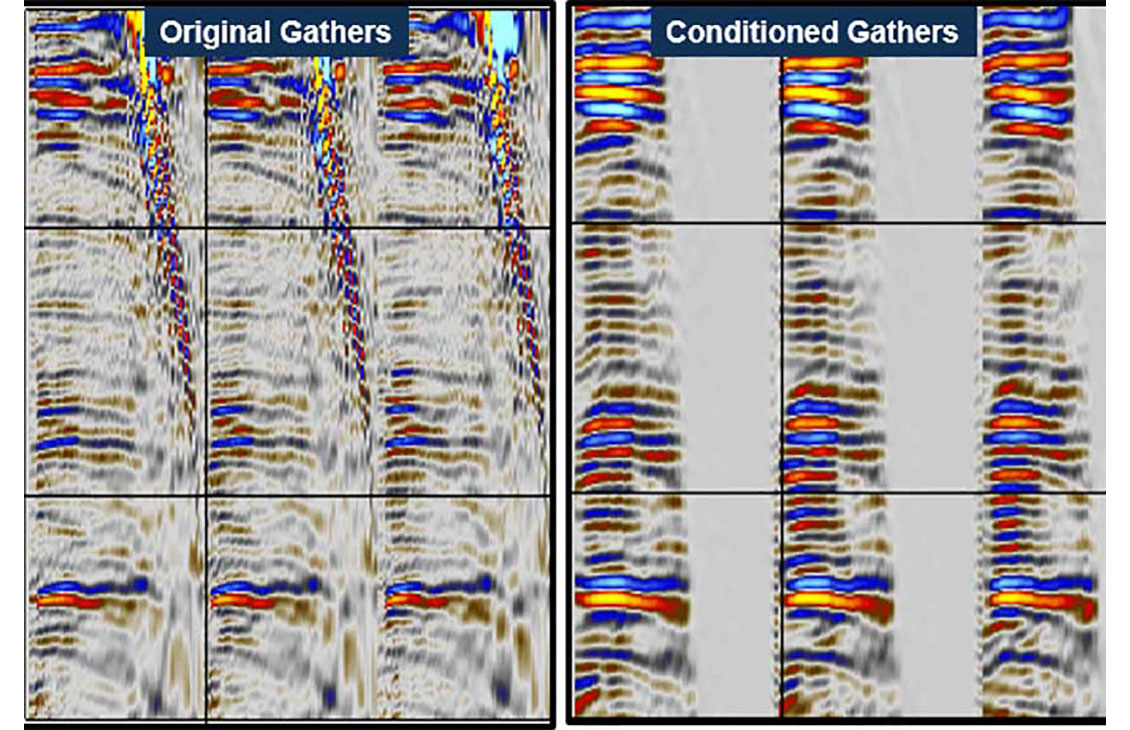
Prestack seismic visualization, interpretation, and processing
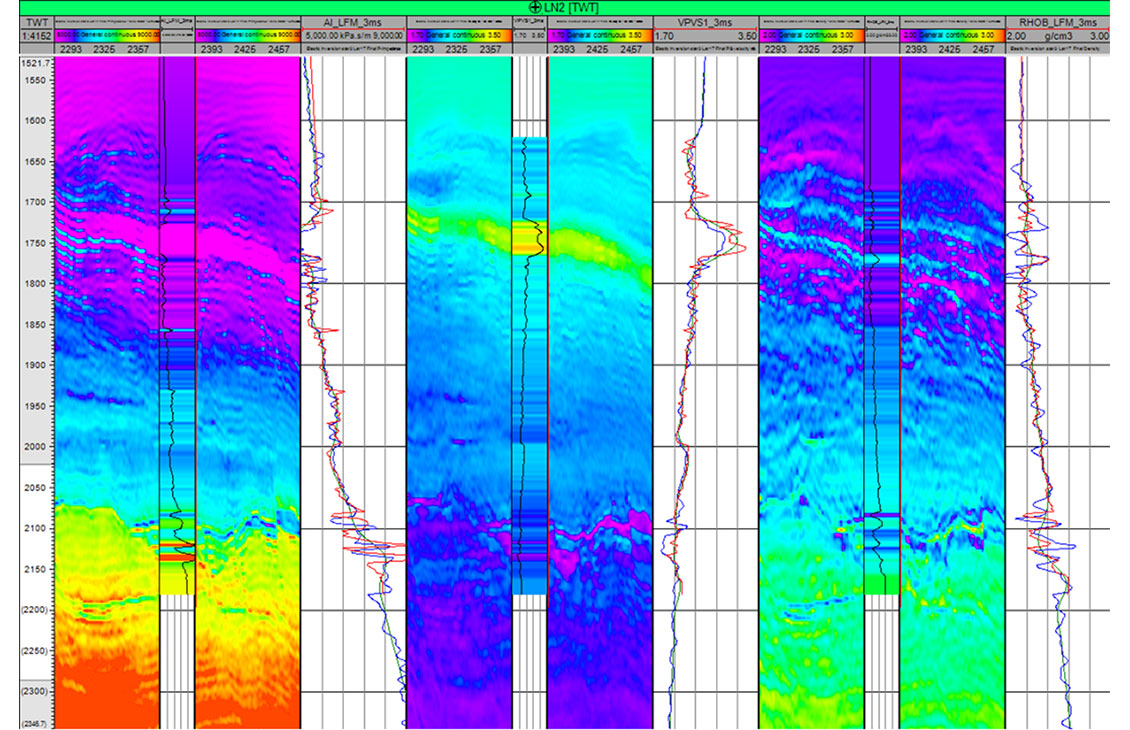
Accurate and comprehensive quantitative interpretation
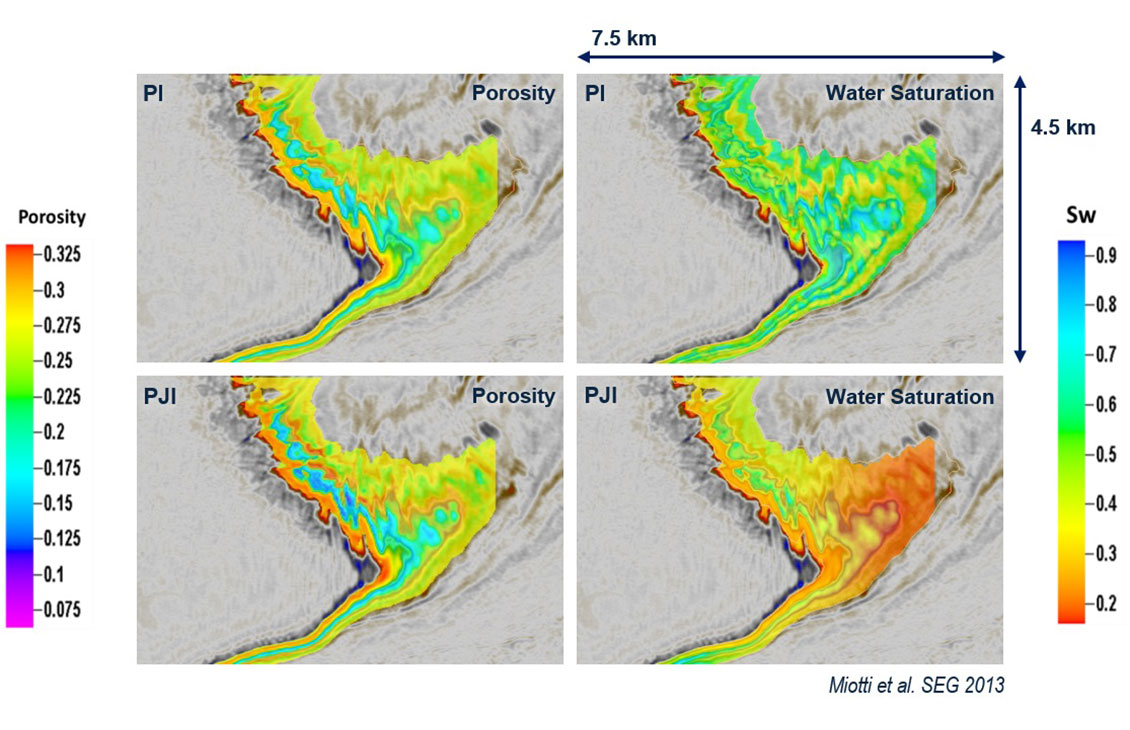
Modeling and inversion tools for advanced, efficient reservoir characterization
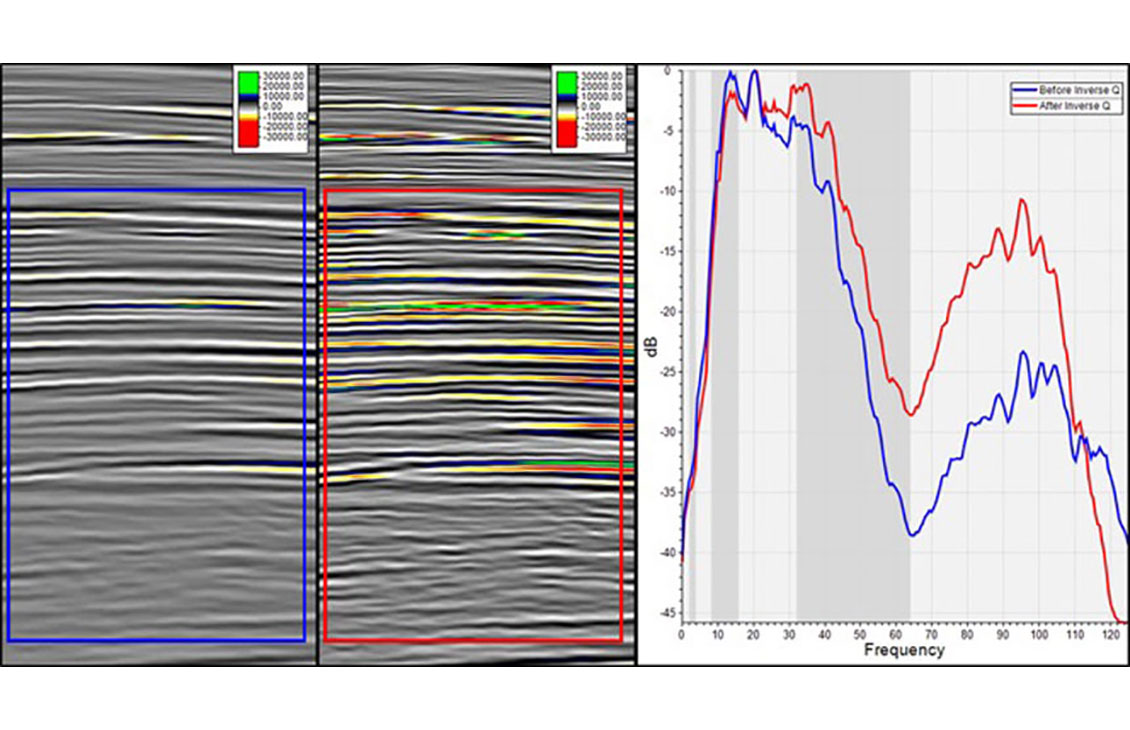
Spectral analysis, filtering, bandwidth extension, and amplitude gain for faster QC and image enhancement in the Petrel platform
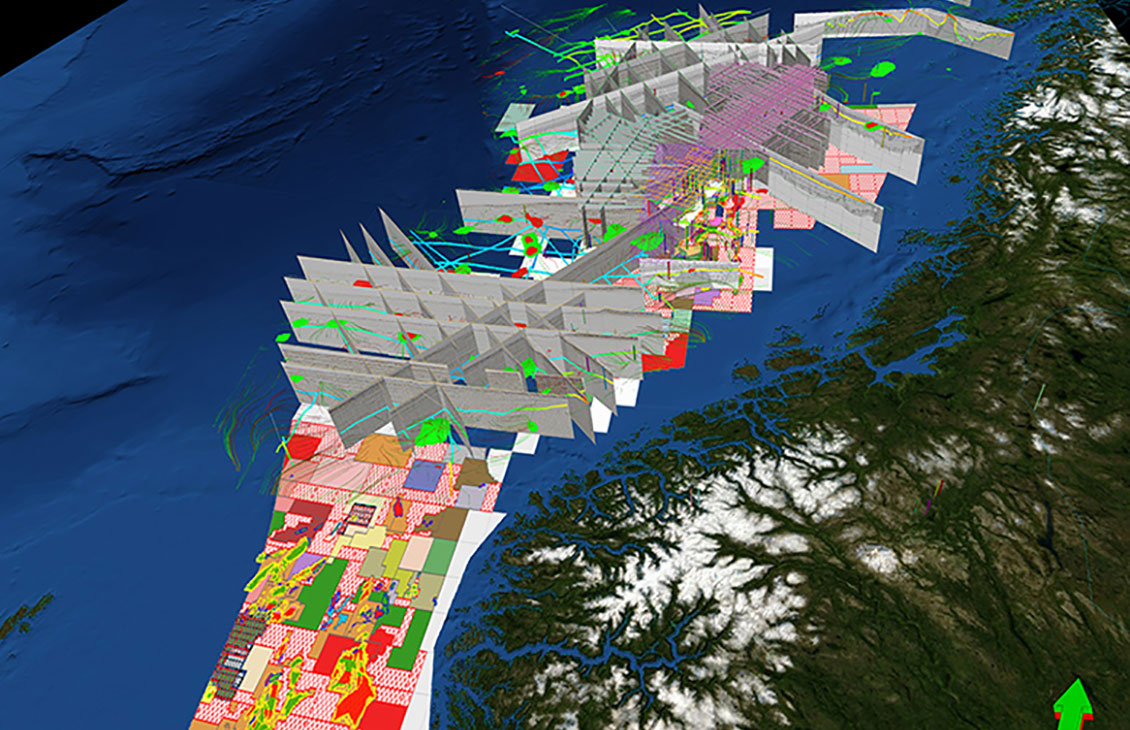
A responsive and flexible environment for 3D and 2D interpretation
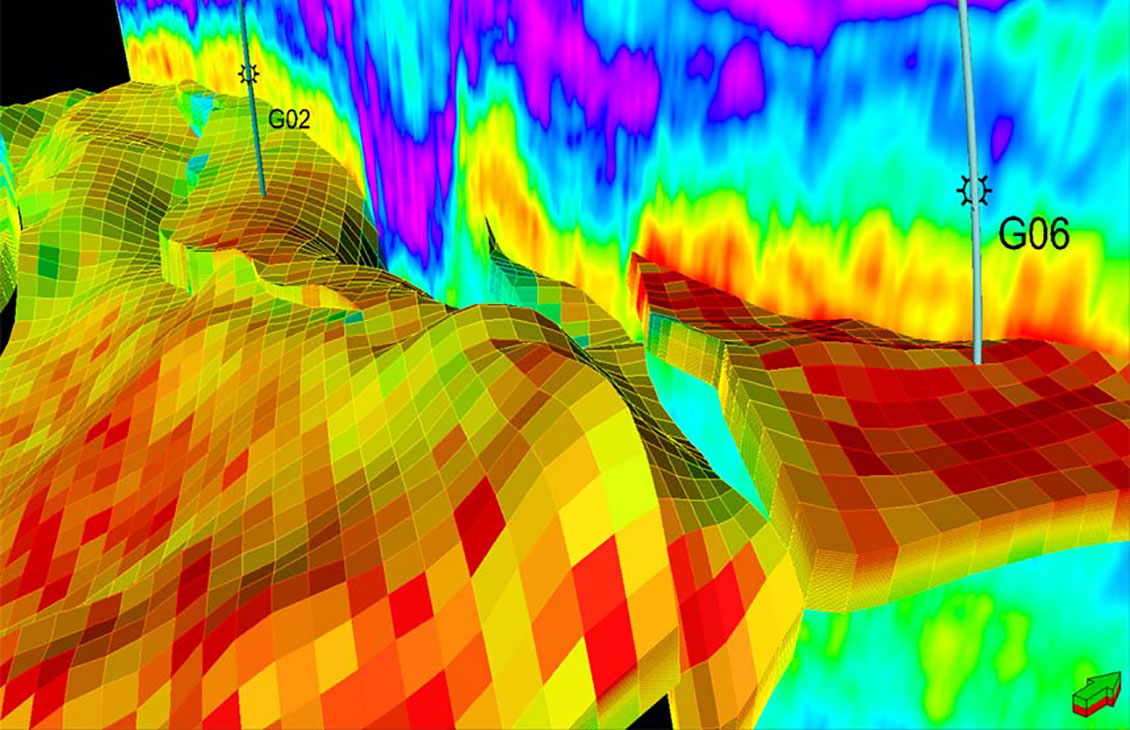
Resample seismic volumes and geobodies as properties into 3D grids
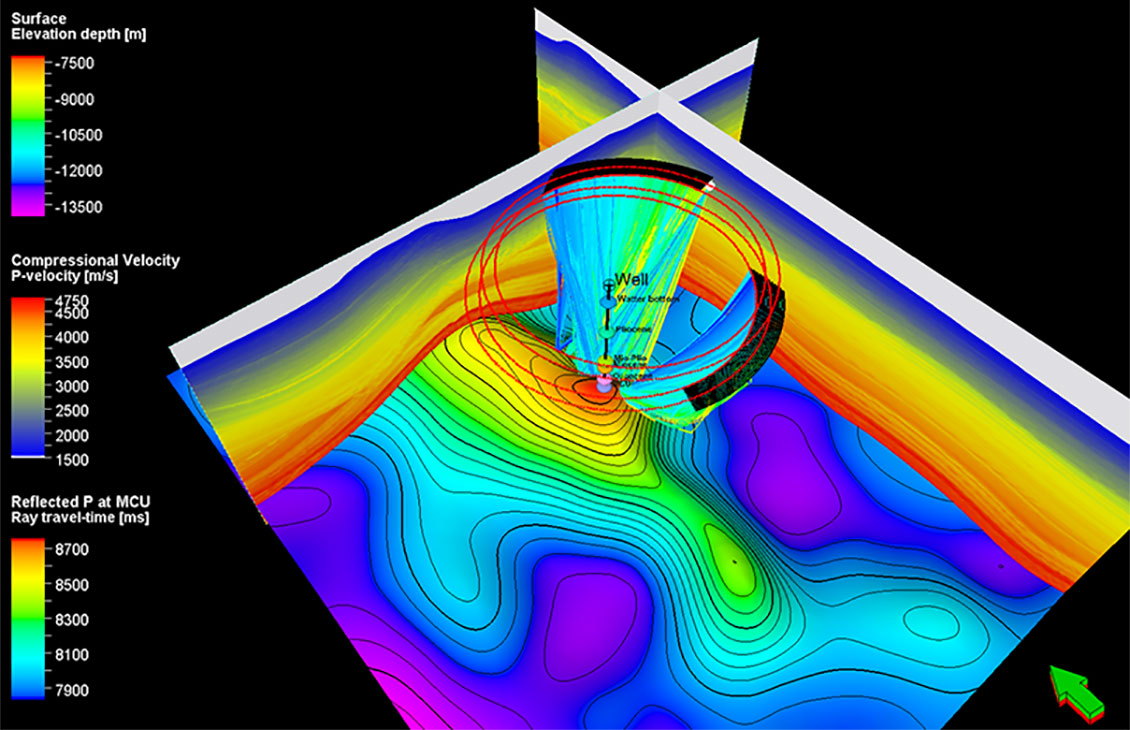
Seismic survey design and analysis
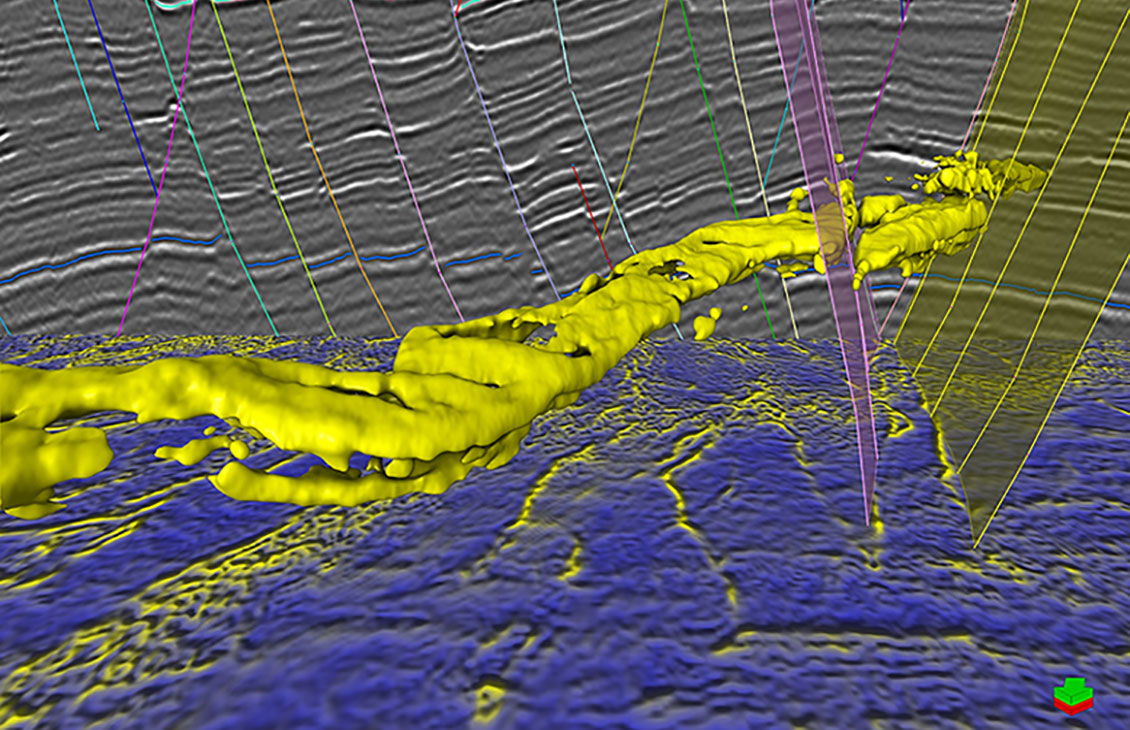
A fast, intuitive, and accurate approach to volume interpretation
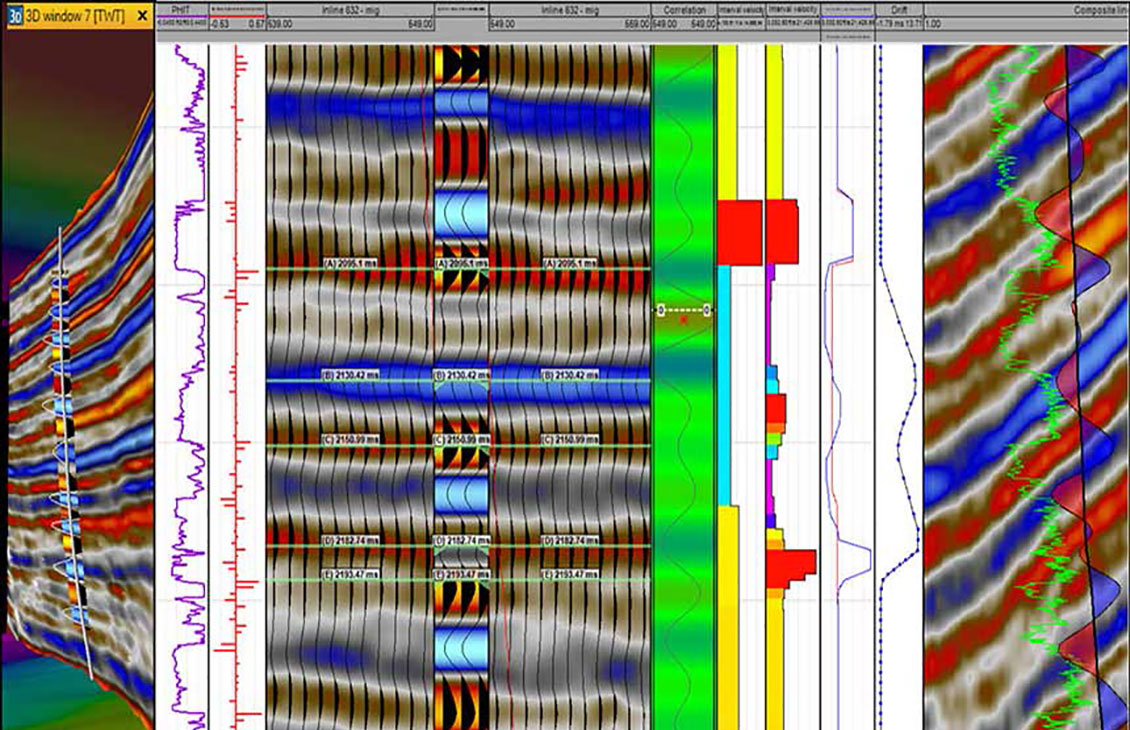
Comprehensive and robust seismic well tie
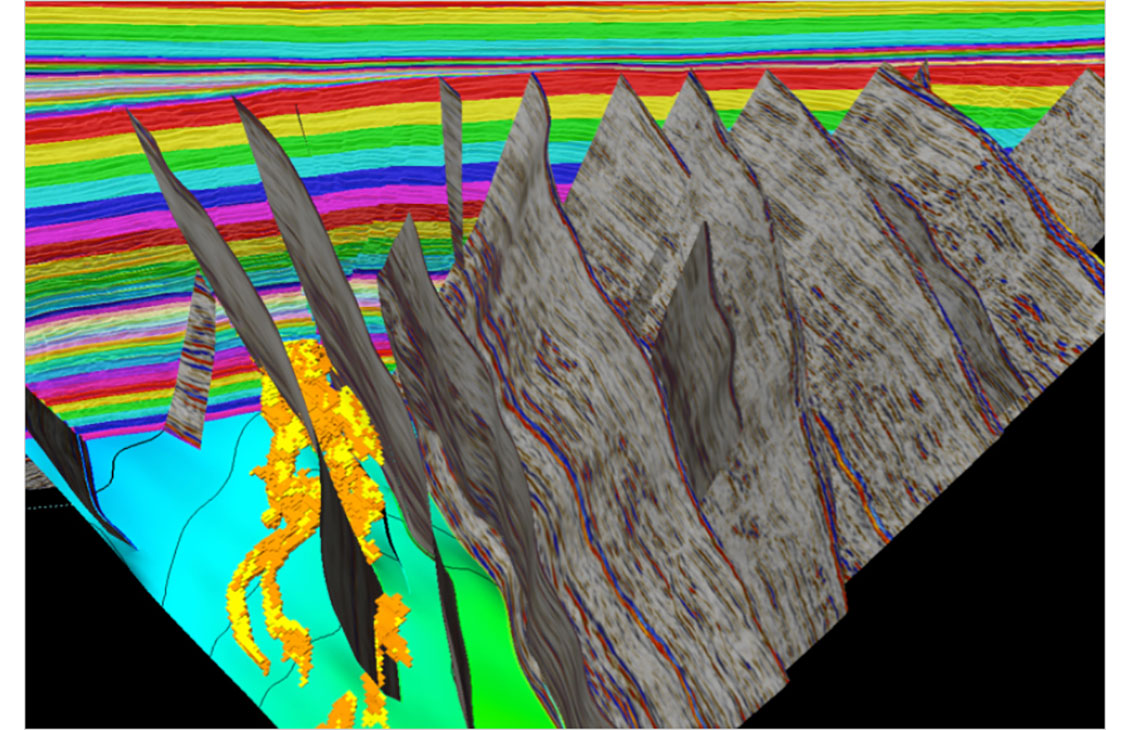
Analysis of fault sealing capabilities and mapping QC tools
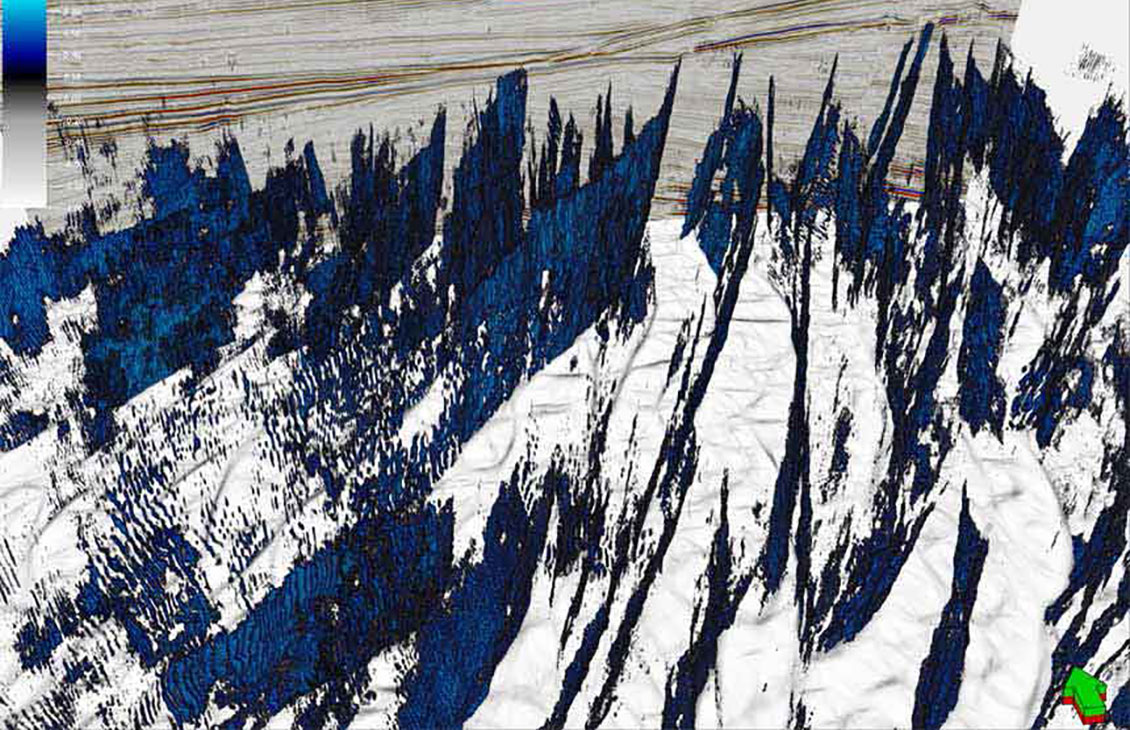
Fast, accurate structural interpretation workflow that reduces interpretation uncertainty and delivers a confident, validated structural framework of the subsurface
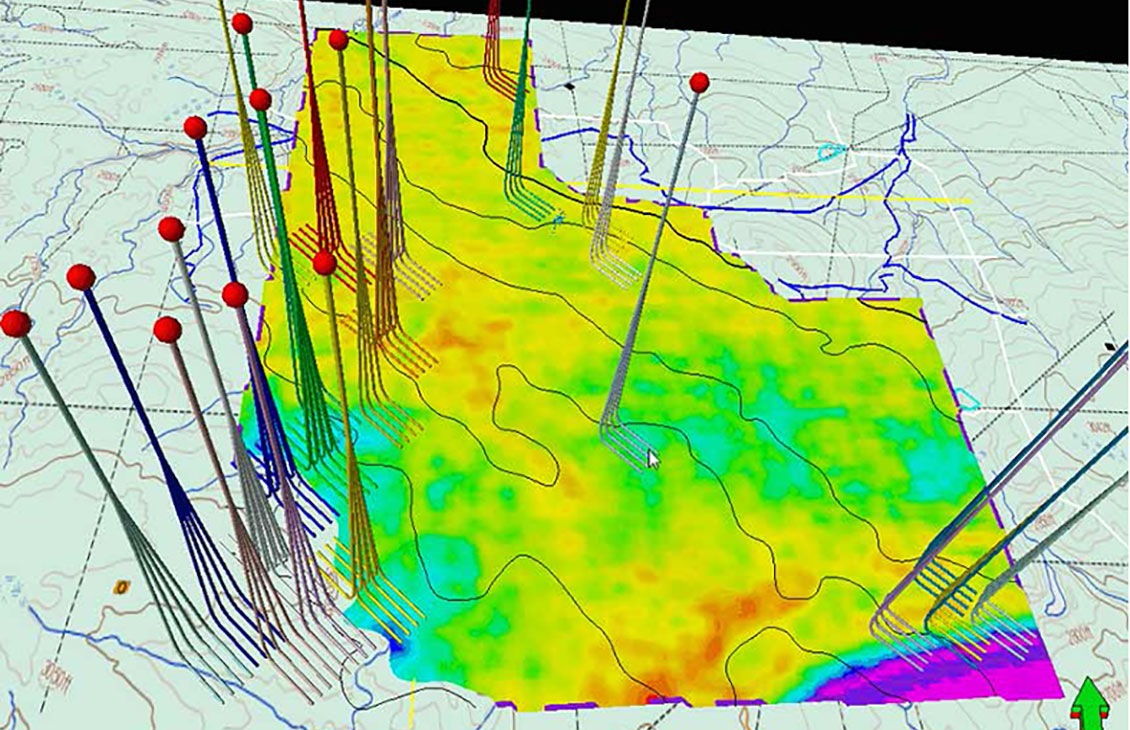
Display scanned maps, attribute maps, seismic time slices, and satellite images, draped over surfaces